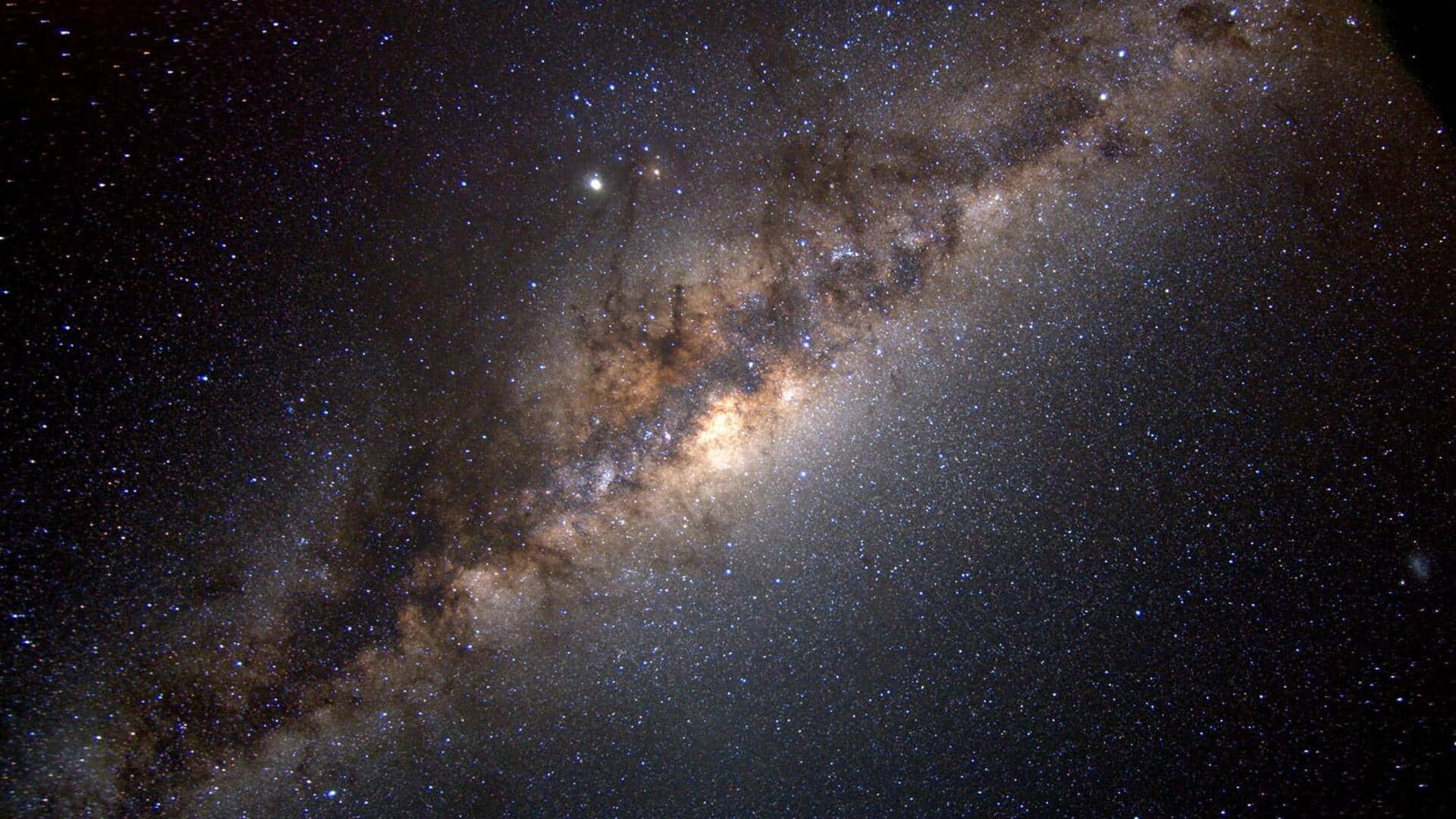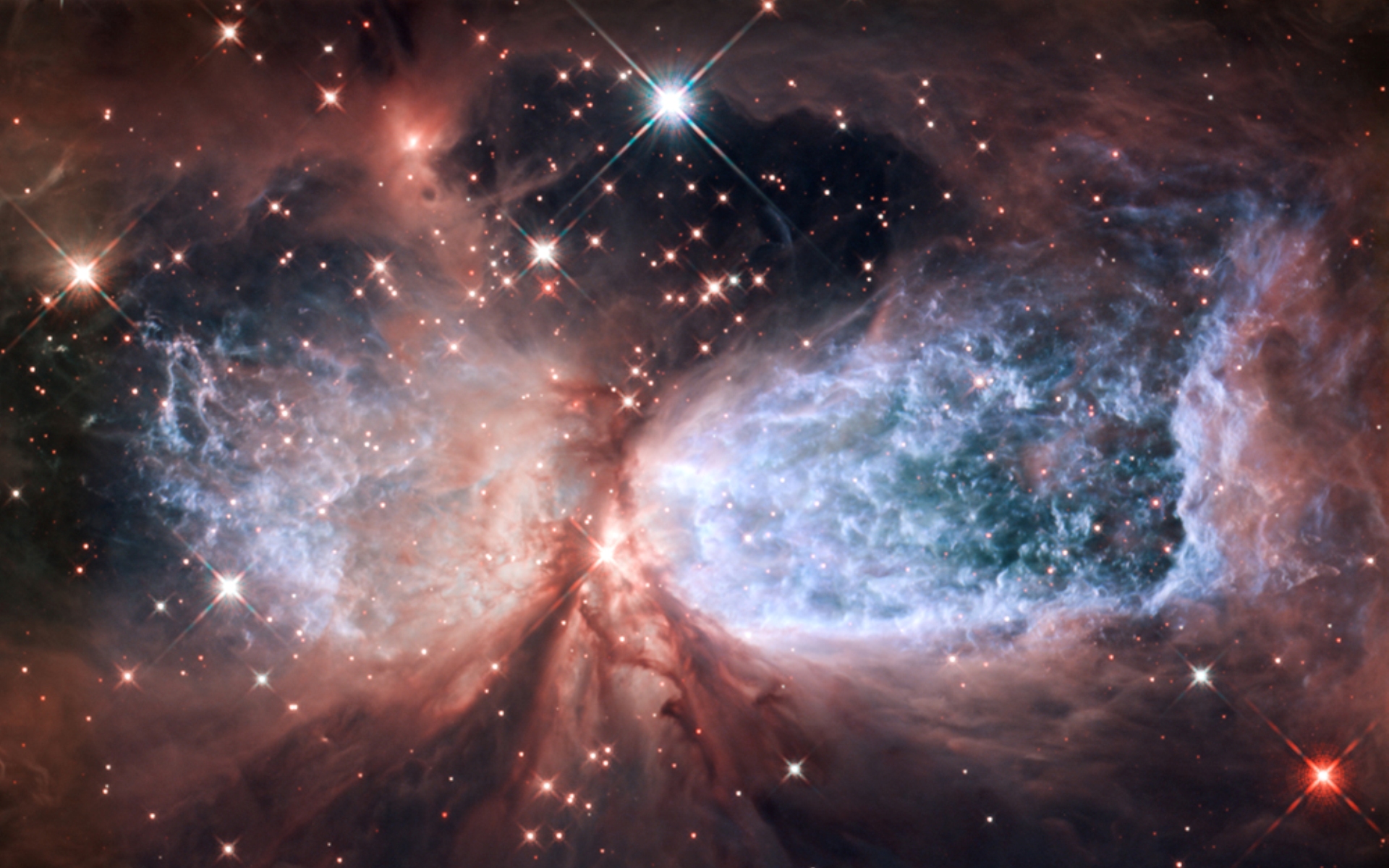An Astrophysics Revolutionary Discovery- New Star HE 1005-1439 Defies Star Formation Processes!
Scientists at IIA discover new star which defies pre-existing star formation processes in Astrophysics and questions understanding of elemental composition.

An Astrophysics Revolutionary Discovery- New Star HE 1005-1439 Defies Star Formation Processes!
Scientists from the Indian Institute of Astrophysics (IIA), an autonomous institute of the Government of India’s Department of Science and Technology (DST), have uncovered a ground-breaking finding that poses a challenge to our knowledge of the formation of stars processes. This discovery comes in the shape of HE 1005-1439, a rare star categorized as a carbon-enhanced metal-poor (CEMP) star. The results of the research, which were conducted by researcher Partha Pratim Goswami as well as watched over by Prof. Aruna Goswami, have been recently published in the respected scientific journal Astronomy and Astrophysics (A&A).
Journey into the Realm of CEMP Stars
The particularly intriguing category of celestial bodies known as carbon-enhanced metal-poor (CEMP) stars is characterized by a unique pattern of heavy element abundance. These stars’ origins can be traced to the matter that the first stars to form after the Big Bang ejected into space. On the basis of the abundance of different heavy elements, CEMP stars are divided into four main groups, with the majority of them falling into the three main groups of dwarf stars, subgiant stars, as well as giant stars. Surprisingly, some stars defy predictions by showing heavy element abundances 100–1000 times higher than those of the Sun at the precise stages of their formation.
Unveiling the Mysteries of Star Formation Processes
The stars responsible for the cosmic dance of elements have traditionally been interesting celestial objects. The mechanisms underlying star creation, however, continue to be a mystery. The finding of HE 1005-1439 offers new light on this topic since it exhibits signs of having produced through a novel fusion of the slow (s-) as well as intermediate (i-) neutron-capture processes, two separate neutron-capture processes.

A Window into Nuclear Astrophysics
Neutron capture processes, believed to be essential to nuclear astrophysics, are the mechanisms that produce elements other than iron. While the rapid (r-) process was assumed to take place during supernovae as well as neutron star mergers, the slow (s-) process was considered to take place in low-mass stars when on their asymptotic giant branch (AGB) phase. Low-metallicity, low-mass AGB stars were predicted to undergo the intermediate (i-) phase. In order to comprehend the chemical evolution of galaxies along with the origins of the elements in the universe, it is crucial to figure out the contributing factors of these processes to the elemental makeup of stars.
HE 1005-1439: A Star Defying Convention
HE 1005-1439 defies conventional classifications, as its chemical makeup suggests an amalgamation of the s- and i-processes. This star, which challenges all the earlier notions of star formation, showcases an elemental composition heavily enriched with neutron-capture elements. The iron content of this one of its kind star is remarkably lower than that of the sun, a thousand times less to be exact.
A Methodical Approach to Discovery
The scientists used a high-resolution spectroscopic investigation of the star’s surface chemical makeup to unravel the mystery surrounding HE 1005-1439. The High Dispersion Spectrograph (HDS) mounted on the Japanese SUBARU telescope was used for this investigation. Surprisingly, the observed elemental abundances could not be fully predicted by any one of the available theoretical models. In order to understand the origin of the heavy elements, the team turned to a parametric-model-based study, which revealed a brand-new class of object exhibiting a distinctive abundance pattern.
Implications for Cosmic Evolution
Partha Pratim Goswami, the lead researcher, expressed utter surprise at the unique composition of HE 1005-1439, in the following words, “For the first time, we came across an object with a surface chemical composition that exhibits contributions from both slow(s) and intermediate (i) neutron-capture nucleosynthesis.” This statement proved to be a testament for the formation process for the star being influenced by two different processes that have been existing conventionally in the various astrophysical environments.
Prof. Aruna Goswami, who was supervising the study, provided some elaborate observations on a possible scenario for the star’s formation, “We have noted variations in our radial velocity estimates obtained from several epochs that indicate the presence of a binary companion. Based on this observation, we proposed a formation scenario for HE 1005-1439 involving mass transfer from a now-extinct asymptotic giant branch (AGB) companion where both i- and s-process nucleosynthesis took place during various stages of the AGB evolution.”

Broadening Our Horizons
This extraordinary discovery has consequences which extend beyond the bounds of the star itself. The study improves our understanding of low-mass, low-metallicity AGB stars by giving insight on the factors that rise to unique surface abundance patterns. This understanding may explain the seamless transition of elemental abundances from the CEMP-s regime to the CEMP-r/s regime.
The expedition into the cosmos continues to reveal enthralling mysteries, with HE 1005-1439 serving as proof of the unexpected as well as unusual within the domain of astrophysics. HE 1005-1439 not only broadens the boundaries of star formation processes, but it additionally sets the path for in-depth studies of the complex interplay of astrophysical events. The difficulties presented by the unusual features of this star highlight the necessity for creative thinking as well as interdisciplinary cooperation in our quest to understand the mysteries of the cosmos.
The finding of HE 1005-1439 can be considered a reminder that there is still more to uncover as well as study throughout the vast cosmos as the exploration of space moves on. This amazing discovery will definitely lead to more research, debates, and a better understanding of the underlying processes that shape our universe.
Embarking on New Cosmic Frontiers
HE 1005-1439 has become a celestial beacon in the vast fabric of the cosmos, pointing us in the direction of unexplored areas of knowledge. By encouraging us to confront preconceived notions and delve further into the complex processes that build our universe, this special star pushes the limits of our comprehension.
The importance of HE 1005-1439 cannot be over-emphasized as we stand on the verge of discovery. Its surface composition, which attests to the convergence of slow as well as intermediate neutron-capture nucleosynthesis, presents a cosmic collaborative story that transcends accepted astrophysical boundaries. The unexpected as well as the unheard-of serve as reminders that there are still mysteries to be revealed, even when traversing the seemingly limitless expanse of space.
This insight has reverberations that go far beyond the boundaries of a single star. It rekindles our need for knowledge, piques our curiosity, and strengthens our resolve to unravel the universe’s complicated web of relationships. We are inspired to embrace the unknown, to question assumptions, as well as to look for solutions that have escaped us up to this point as scientists and explorers.
HE 1005-1439 beckons us to cast our gaze further, to look into the depths of the cosmos with a renewed sense of wonder as well as purpose. With every new discovery, we get a little closer to a more profound comprehension of the universe’s origins, its intricate mechanisms, and its potential futures. The journey continues, as we venture into the realms of stars, galaxies, and beyond, carrying with us the knowledge that each revelation is a stepping stone towards unlocking the secrets that have moulded our existence since time immemorial.





